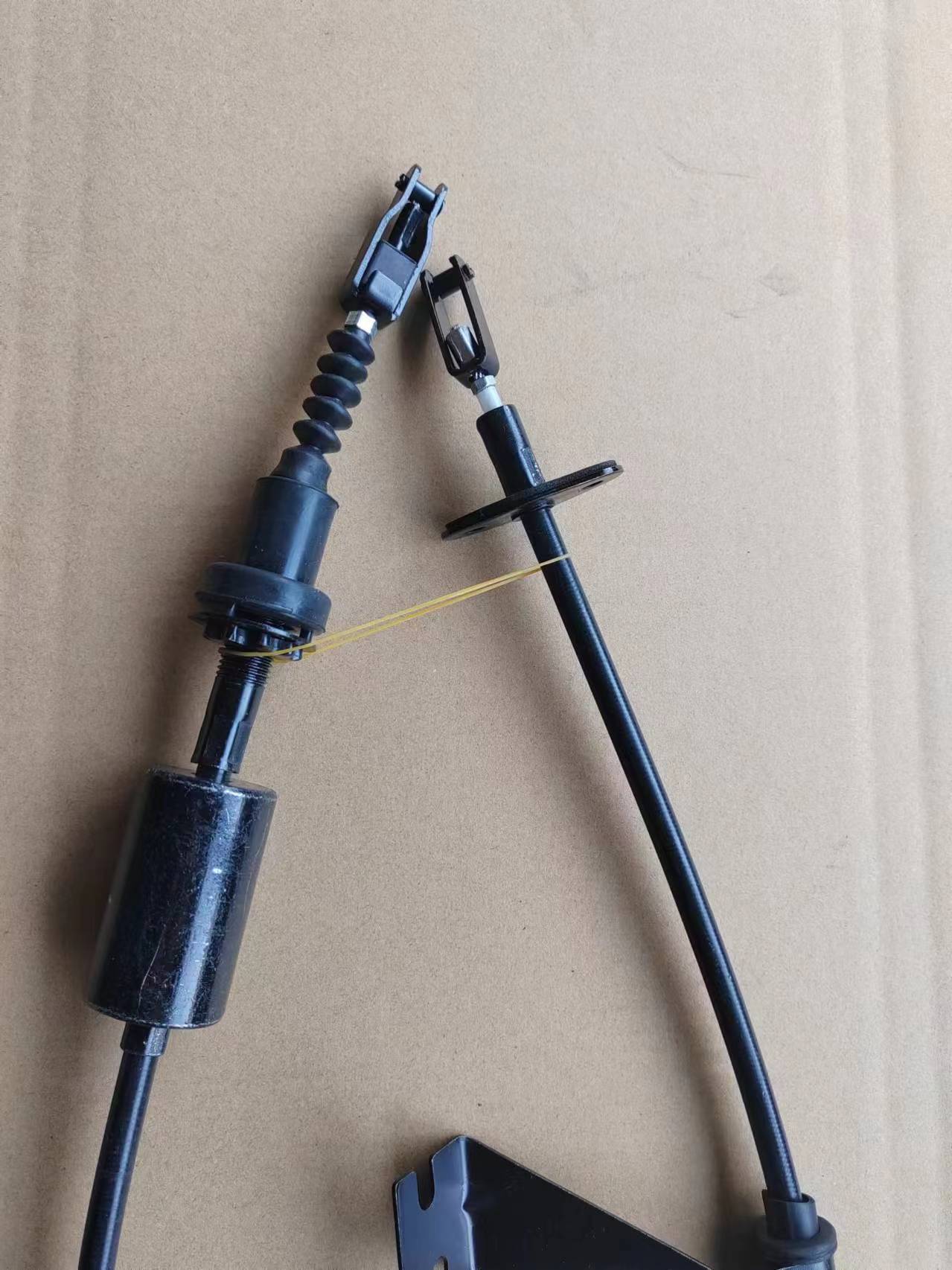Understanding Gear Cable Systems for Optimal Bicycle Performance and Maintenance
Understanding Gear Cables The Backbone of Your Cycling Experience
In the realm of cycling, every component plays a critical role in ensuring a smooth and efficient ride. Among these, gear cables may not be the most glamorous part of a bicycle, but they are undeniably essential. This article delves into the significance of gear cables, how they function, and why proper maintenance is crucial for cyclists.
The Role of Gear Cables
Gear cables serve as the lifelines connecting the shifters on the handlebars to the derailleurs that move the chain between different gears. When a cyclist shifts gears, they are not merely repositioning the chain; they are engaging a finely tuned system that relies on precise tension and movement. The gear cable transmits the force exerted by the rider on the shifter to the derailleur, which responds by shifting the chain onto the desired sprocket or cog.
Mechanics of Gear Cables
To understand how gear cables work, it is important to examine their composition
. Typically, gear cables consist of a metal wire encased in a protective housing. The outer casing ensures smooth movement while shielding the inner wire from dirt, moisture, and wear. The inner wire is made of steel, offering an optimal balance of strength and flexibility.When a cyclist pulls on the shifter, the tension in the cable increases, and this tension must be translated accurately to ensure that the derailleur moves the chain to the intended gear. The interplay between the cable and the derailleur is a dynamic relationship that enhances the rider's control over the bike.
Common Problems with Gear Cables
Over time, gear cables can experience wear and tear, which can adversely affect their performance. Common issues include fraying, rusting, and a build-up of grime. Any of these factors can lead to poor shifting performance, often resulting in missed gears or chain slippage. Such problems can be incredibly frustrating, particularly during important rides or races.
gear cable

Another frequent issue that cyclists encounter is cable stretch. As the cables age, they can stretch slightly, altering the tension necessary for optimal shifting. This may cause shifting to become imprecise, requiring adjustments of the derailleur and the cable tension. Regular maintenance checks can identify these problems early, saving cyclists from potential difficulties down the line.
Maintenance Tips for Gear Cables
1. Regular Inspection Cyclists should frequently inspect the condition of their gear cables. Look for signs of fraying, rust, or kinks in the housing that could impede performance.
2. Cleaning Keeping cables clean is vital for smooth operation. Wipe down the outer casing and inspect the inner wire for any signs of dirt or debris, as this can cause unnecessary friction.
3. Lubrication It’s important to lubricate the inner wire periodically. A bicycle-specific lubricant can help reduce friction and extend the lifespan of the cable.
4. Adjustments If you notice inconsistent shifting, it may be time to adjust the tension on your cables. Most shifters allow for fine-tuning the cable tension, which can resolve minor shifting issues.
5. Replacement Eventually, even with the best care, gear cables will need to be replaced. Knowing when to replace your cables—usually once a year or after a certain mileage—is key to maintaining optimal bike performance.
Conclusion
In the intricate machinery of a bicycle, gear cables play an indispensable role, facilitating seamless gear changes that enhance the riding experience. By understanding how they function and the importance of regular maintenance, cyclists can ensure that their gear cables support their riding adventures for many miles. Investing time in caring for these unsung heroes of the cycling world is a small price to pay for improved performance and enjoyment on the road or trails. Whether you're an avid cyclist or a casual rider, paying attention to your gear cables can make all the difference on your cycling journey.
-
Workings of Clutch Pipe and Hose SystemsNewsJun.04,2025
-
The Inner Workings of Hand Brake Cable SystemsNewsJun.04,2025
-
The Secrets of Throttle and Accelerator CablesNewsJun.04,2025
-
The Hidden Lifeline of Your Transmission Gear Shift CablesNewsJun.04,2025
-
Demystifying Gear Cables and Shift LinkagesNewsJun.04,2025
-
Decoding Clutch Line Systems A Comprehensive GuideNewsJun.04,2025
